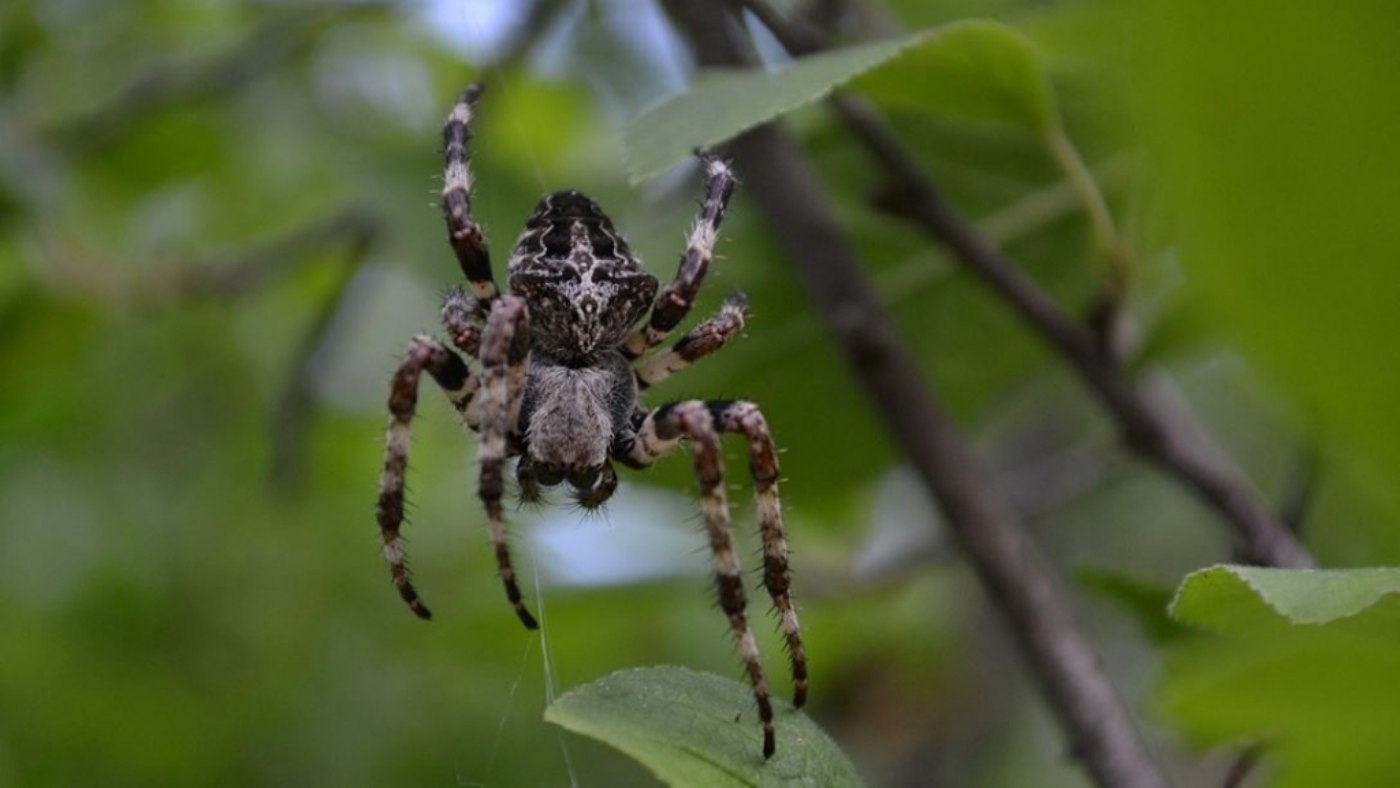Frogs are weather experts. Some frogs and toads, based on their croaking, egg-laying, and even skin color, are said to allow us to predict whether it will rain soon or not. But what is the truth behind the frogs’ purportedly preternatural weather forecasting abilities?
Long ago in Switzerland, if you would put a tree frog in a jar half full of water and give it a little ladder to climb, it could forecast good weather by climbing the ladder and bad weather by descending back into the water. Even today, in Germany, a weatherman is referred to as a Wetterfrosch, which translates as “weather frog.”
Tree frogs are known to climb trees in favorable weather and make an awful noise, croaking sweetly for hours on end, thus the frog weather prediction theory actually has some validity.
Monitoring the Humidity
Numerous accounts point out the daily behavioral changes in amphibians and some reptiles related to predicted weather. Some species, for instance, become more active just before it starts to rain, while others are more likely to make their distinctive croaking sounds. The weather probably has a lot to do with this shift in behavior.
Frogs and toads are highly reliant on accurately monitoring the humidity or temperature of their surroundings. That’s because amphibians are ectothermic, meaning they don’t produce their own heat. So, their blood, muscles, and skin, along with the rest of their organs, are always at the same temperature as their surroundings.
Exceptionally Sensitive to Moisture Levels
Frogs’ skin is very porous because of the abundance of glands on its surface. Because of this, they suffer significant water loss due to evaporation. But frogs and toads have a more refined sense of moisture via their skin than people do. In the tropics, for example, certain frog species usually come out of the underbrush when the humidity rises in anticipation of rain.
Finally, amphibians like frogs and toads produce their offspring in aquatic environments. Thus, in order to effectively reproduce, they have to predict when there will be adequate puddles and pools from rain in which their tadpoles may grow. This means that when the weather or temperature changes, frogs have to adjust their behavior accordingly.
Climbing Tree Frog
So why then do frogs choose to remain low when bad weather is approaching, yet climb up when conditions are favorable? There are no precise investigations of the topic available. However, there are two theories among frog scientists as to why this occurs: The tree frog, in contrast to most other frog species, enjoys vertical environments and bright sunlight. Male frogs, especially those still in their juvenile stages, spend most of the late summer sitting on bushy branches and leaves to soak up some rays.
However, the accessibility of food is equally important. The same goes for tree frogs, who also utilize their perches to swoop down on prey. Insects like mosquitoes are sensitive to weather changes, something our ancestors accounted for in their agricultural guidelines. With less wind and more sunshine, insects may ride the warm updrafts to greater heights in their flights. They tend to linger on the ground if a severe wind and a drop in temperature are expected.
It is unknown, however, whether tree frogs actively pursue prey higher or lower, or if they instead respond immediately to changes in the weather. One thing scientists can agree on is that frogs and toads frequently respond to a shift in the weather before humans do. And this, of course, has nothing to do with clairvoyance.



